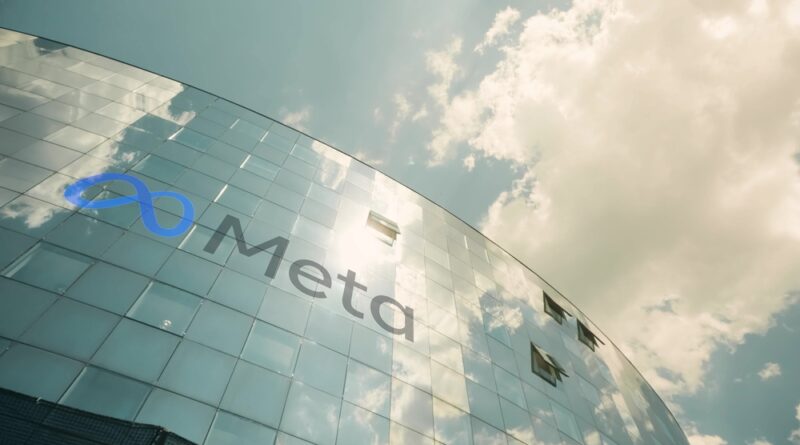Meta Targets Fully Automated Ads by 2026, Betting Big on AI
Meta Platforms is accelerating its push into artificial-intelligence advertising, aiming to let brands create entire campaigns—from concept to targeting—with minimal human input as early as next year, according to internal plans seen by industry sources.
From tweaks to total automation
Meta’s ad toolkit already uses AI to generate multiple versions of an existing ad and automatically optimise placement across Facebook and Instagram. The new roadmap takes that further: marketers will upload a single product image or short brief, set a budget, and the platform’s AI will generate visuals, copy, video and audience targeting in one automated workflow. The system will also recommend spend levels, adjusting them in real time to hit performance goals.
Personalised in an instant
A key feature is dynamic personalisation. Instead of one static creative, Meta’s model will render variations on the fly. A user in snow-covered Denver might see a car commercial filmed on a mountain pass, while someone browsing in Los Angeles sees the same vehicle cruising an urban skyline—each version generated programmatically moments before it loads.
Why Meta needs the leap
Advertising made up more than 97 per cent of Meta’s US $134 billion revenue in 2024 and underwrites the company’s multibillion-dollar spend on custom AI chips and giant data-centre expansions. Chief executive Mark Zuckerberg has cast end-to-end automation as the logical next step: a turnkey engine where businesses simply declare an objective—sales, sign-ups, foot traffic—and let Meta’s algorithms do everything else.
Small businesses stand to benefit…
Fully automated creative could be a game-changer for small and midsize enterprises that lack in-house design teams or agency budgets. By compressing production time and costs, Meta hopes to increase the number of advertisers on its platforms and deepen their reliance.
…but big brands remain cautious
Major advertisers have voiced concerns about surrendering greater creative control to a single tech giant, noting that early AI-generated visuals across the industry can be distorted, off-brand or legally risky. Meta’s project will require brand-specific AI models and heavy computing power—raising questions about quality, oversight and carbon footprint.
Rising competition
Google, TikTok, and a wave of start-ups are racing to automate ad creation, too. Google’s Veo now turns text prompts into polished video clips, while tools like Midjourney and OpenAI’s DALL-E are already churning out imagery for campaigns across social platforms, including Meta’s own feeds. Meta says it is exploring integrations that would let advertisers import AI-generated content from third-party services directly into its ad manager.
What’s next
A limited test with select advertisers is expected later this year, with full rollout targeted for late 2026. If Meta delivers on its vision, the ad business could shift from art-directed campaigns to algorithm-directed conversations—placing even more power, and responsibility, in the hands of the AI systems behind our scrolling screens.
Photo Credit: DepositPhotos.com

